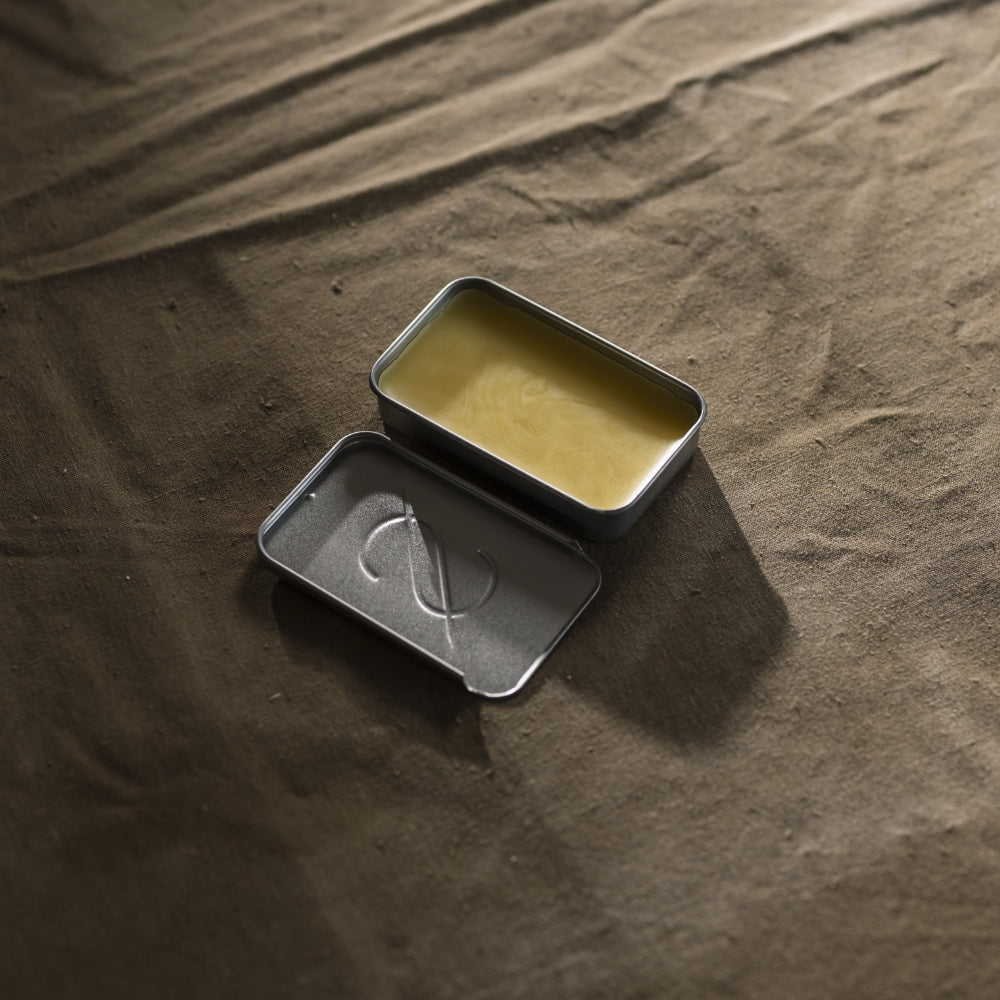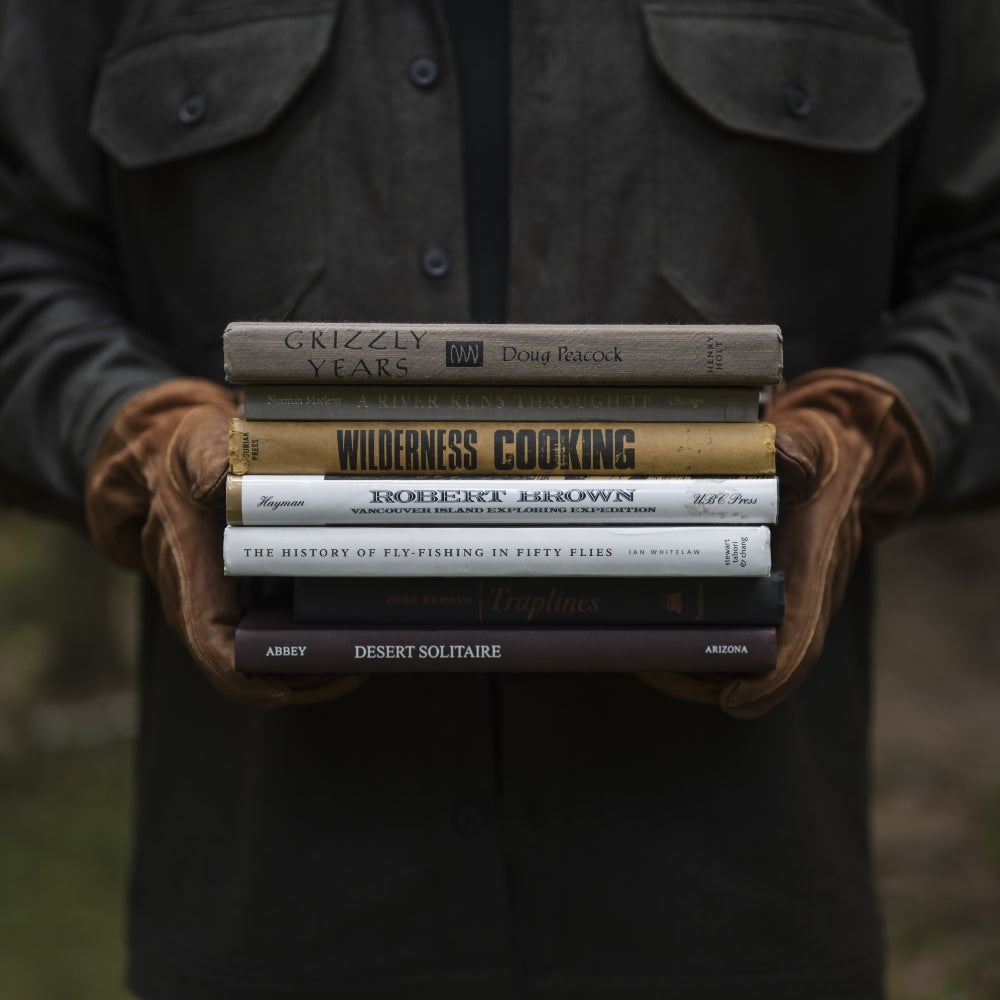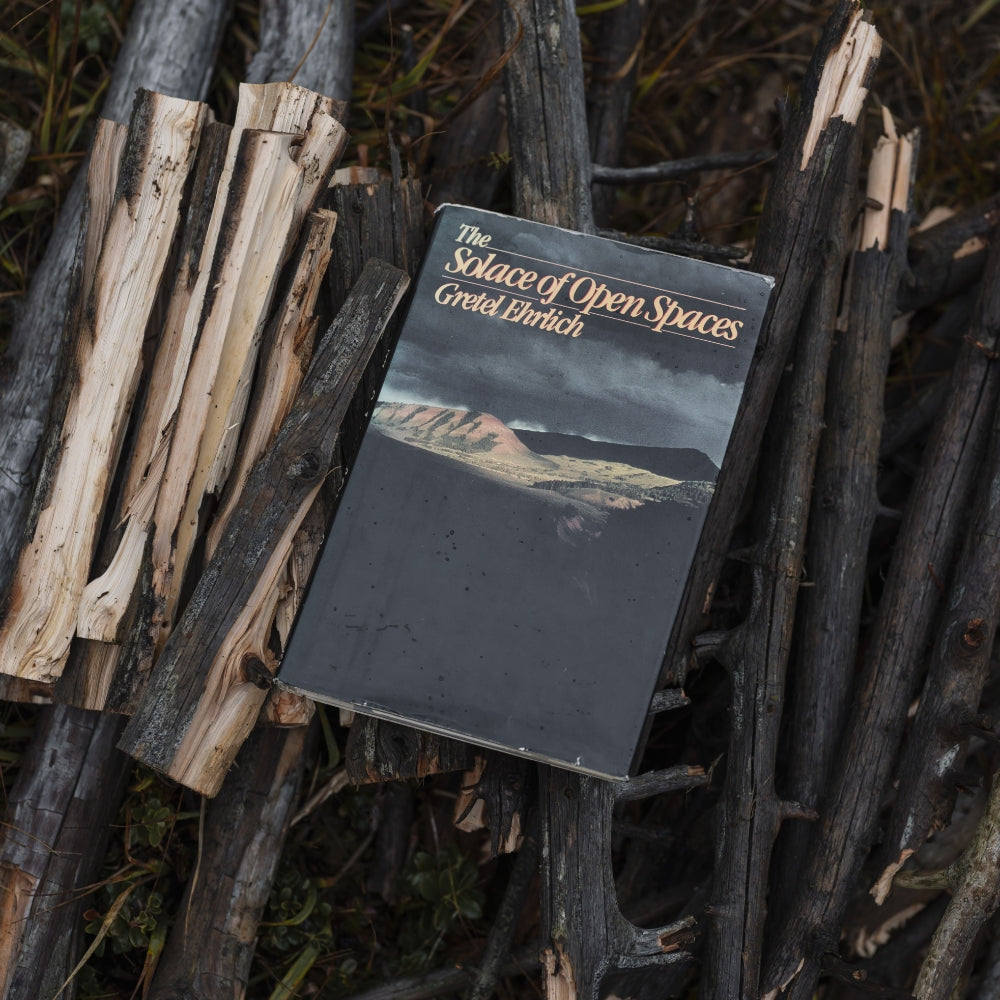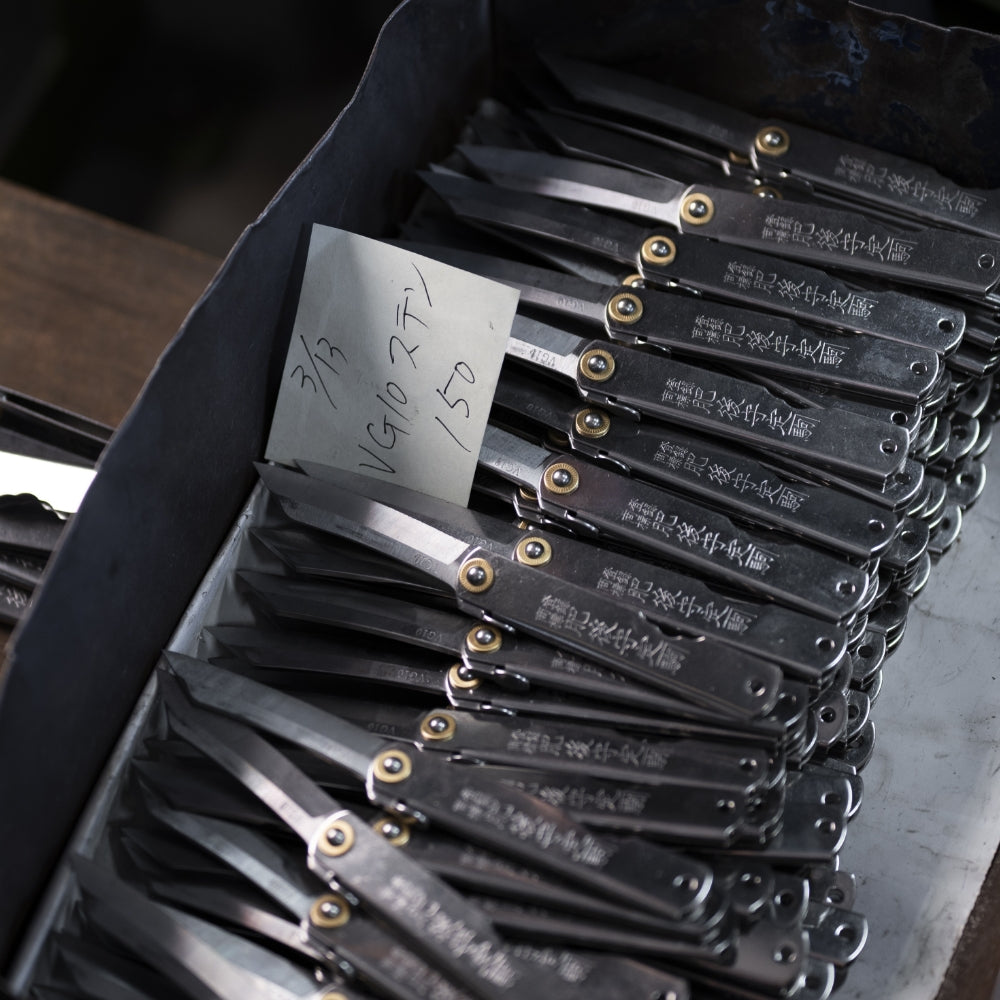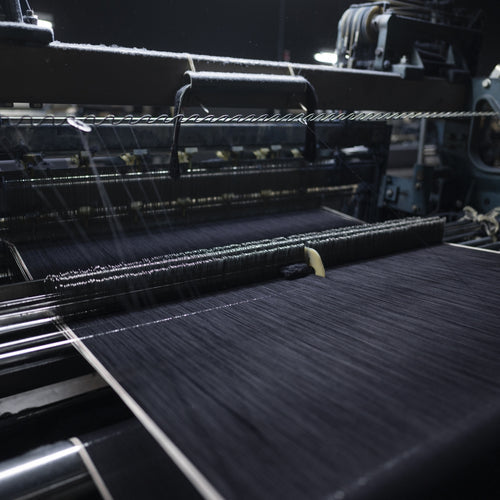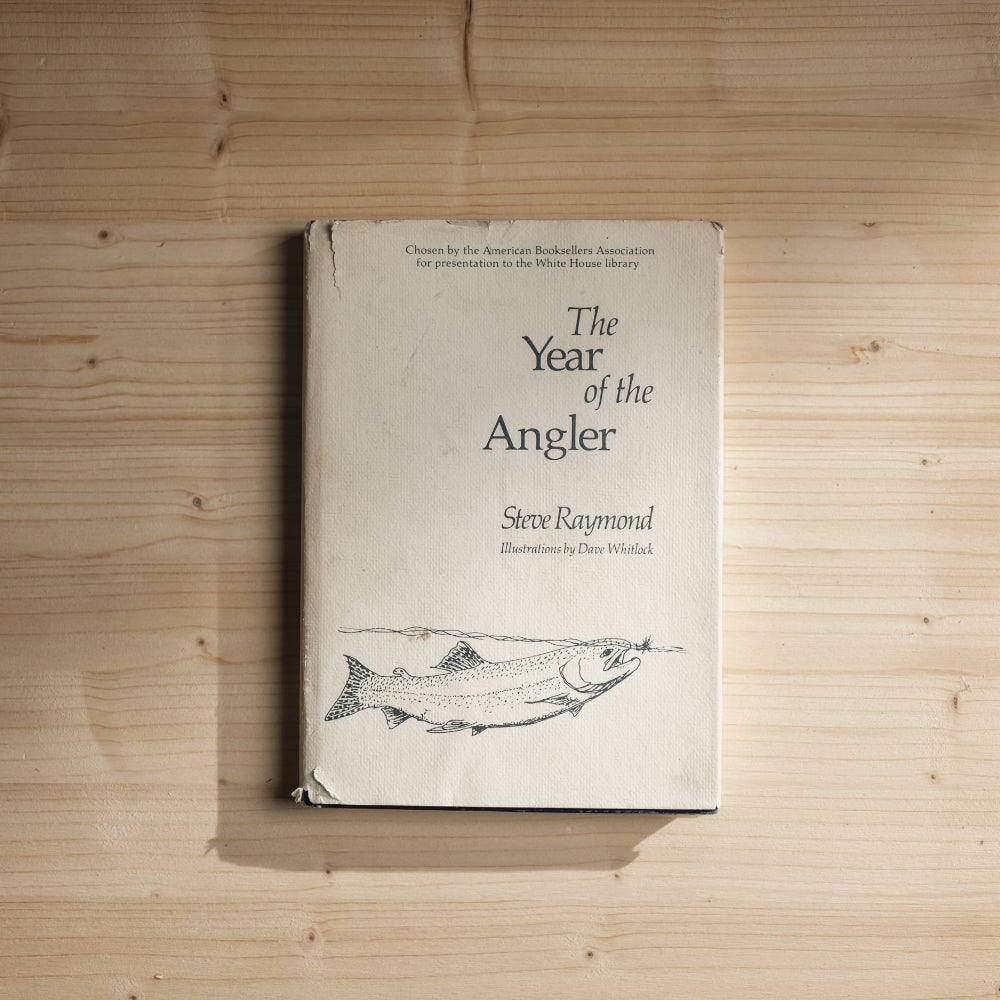Merino Wool: The Strongest, Warmest, and Softest Material from the Hardest Creature of Burden
For as long as history has been recorded, wool has protected people from exposure to the elements and today it works just as well as it always has. No other material, natural or synthetic, performs as well in as many conditions as wool.
What is the Difference: Merino Wool and Regular Wool?
It comes down to sheep breed the wool is shorn from—the Merino sheep. The wool they provide is exceptionally fine, almost ⅓ the diameter of a human hair. The finer the fiber, the softer the fabric. Merino wool’s fine diameter makes it soft and comfortable against the skin, and its natural crimp (waviness) aids its ability to stretch and recover. The finer fibers are used for base layers and coarser fibers for outer layers. This remarkable material also has a history steeped in politics, colonialism and war, a story that would be a worthy source material for a book.
History
Originating from Spain, the history of Merino sheep is cloaked in mystery, with several theories attempting to trace their origins. Some speculate that North African tribes introduced them in the 12th century, while another line of thought suggests that the breed was the result of long periods of selective breeding.
No matter their journey to Spain, they swiftly became tools of empire. Spain maintained a tight grip on these coveted sheep, and their wool was a treasure exported across Europe. The Merino profiteers—kings, nobility, and clergy—established the Council of Mesta, enacting laws to prevent the export of Merino sheep. Smuggling one out of Spain was a crime punishable by death.

The Napoleonic Wars scattered Spain's Merino sheep and ended its monopoly, as the flocks were dispersed or slaughtered during war times. To mitigate the devastation, Spain lifted their blockade and the Merino sheep spread throughout the world. After the merino failed to thrive in the Dutch lands, their journey continued to the lush pastures of South Africa.
From South Africa, British Army Officer John Macarthur (a man with a notably colourful history) took the first Merinos to Australia, where he became recognised as the pioneer of the Australian Merino wool industry (And truly, his story is worth exploring in depth).


From Australia, British Reverend Samuel Marsden brought the first Merino sheep to New Zealand, offspring from the Royal Merino Flocks of Spain.
Over the following decades, thousands of sheep crossed the Tasman Sea, embarking on a journey to new pastures. Then, through selective breeding and time allowed for adaptation, these sheep prospered in their new environments.
History tends to repeat itself, so similar journeys were undertaken to Patagonia, Falkland Islands, US, UK, and beyond, where Merinos were cross-bred with local sheep. Among these journeys was Kyrgyzstan (but more about that later).
Why to Choose Merino Wool?
- Softness - Merino wool embraces your skin like a morning breeze, its softness speaking of comfort and the soothing touch of nature. It's the embrace you seek after a long day's journey, a caress only the wilderness knows.
- Strength - Originating from the rugged landscapes where the merino sheep roam, this wool bears an inherent resilience and durability. It's the fabric that stands as your steadfast companion, weathering storms and tales alike.
- Temperature Regulating - Merino wool is the whisper of cool air on a scorching day and the warmth of a frostbitten evening. It intuitively balances your body's harmony with the elements, ensuring comfort in the face of nature's whims.
- Moisture Wicking - Like the earth that drinks the rain only to release it again, merino wool wicks away moisture with remarkable efficiency. It's your shield against the clamminess of exertion, keeping you dry as you traverse through mist and tide.
- Odor Resisting - Because moisture rolls off the fabric, merino wool is naturally resistant to odors. This means the fabric stays fresh through the trail's trials, allowing you to ramble through your journey without needing to swap clothes.

Merino wool is as tough as the sheep it’s shorn from, hardy creatures that have adapted over hundreds of years in semiarid climates and nomadic pasturing. The sheep already did their own field testing on those journeys from North Africa and New Zealand and beyond. And today, they thrive as much in the sweltering heat of the Australian outback as they do in the freezing mountains of Kyrgyzstan. But there is a twist: an untold story that led us to Kyrgyzstan for our merino wool.

